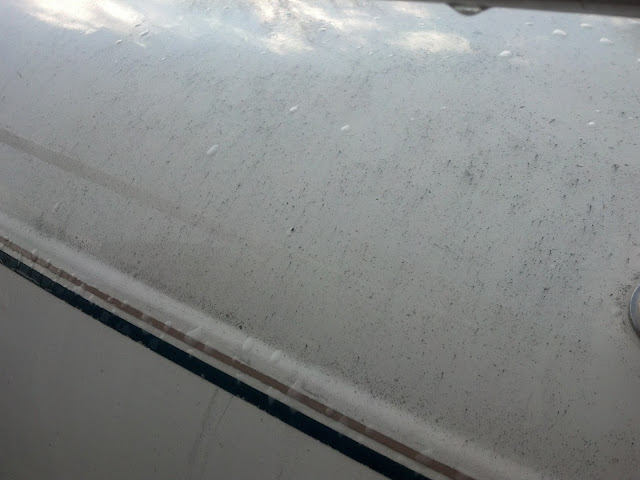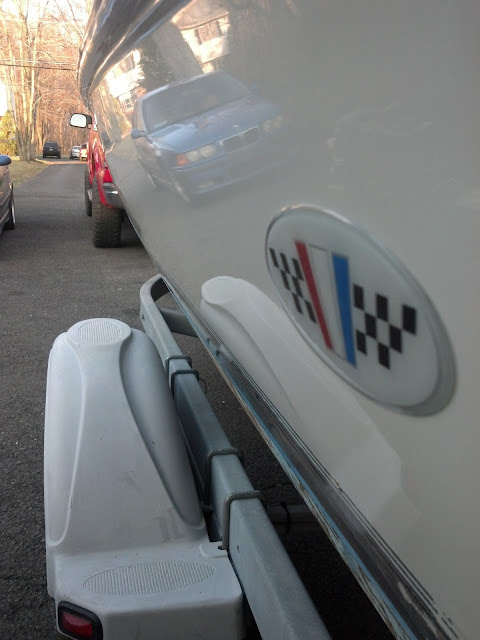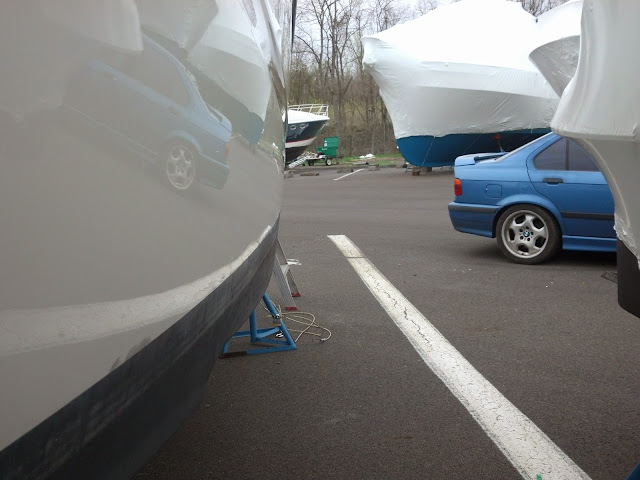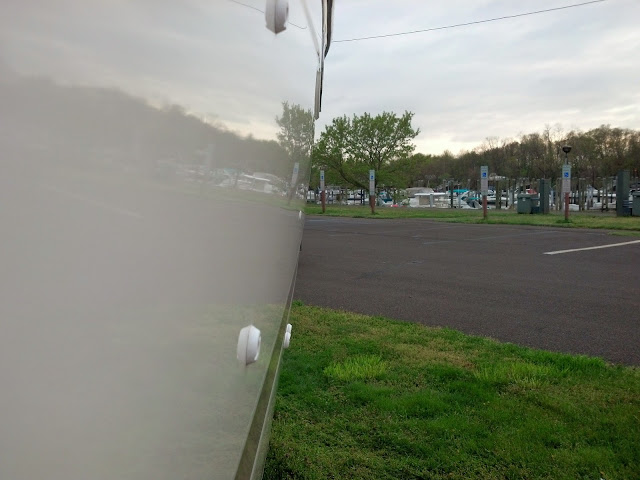PMC
Well-Known Member
Why no circular sanding strokes? Is that so you won't inadvertently create a low spot?
Never sand in circles, and always follow the direction of the body lines as your final sanding. If you get a piece of dirt or scratches that come back afterwards, they will be minimized by the eye in the direction of the lines.







